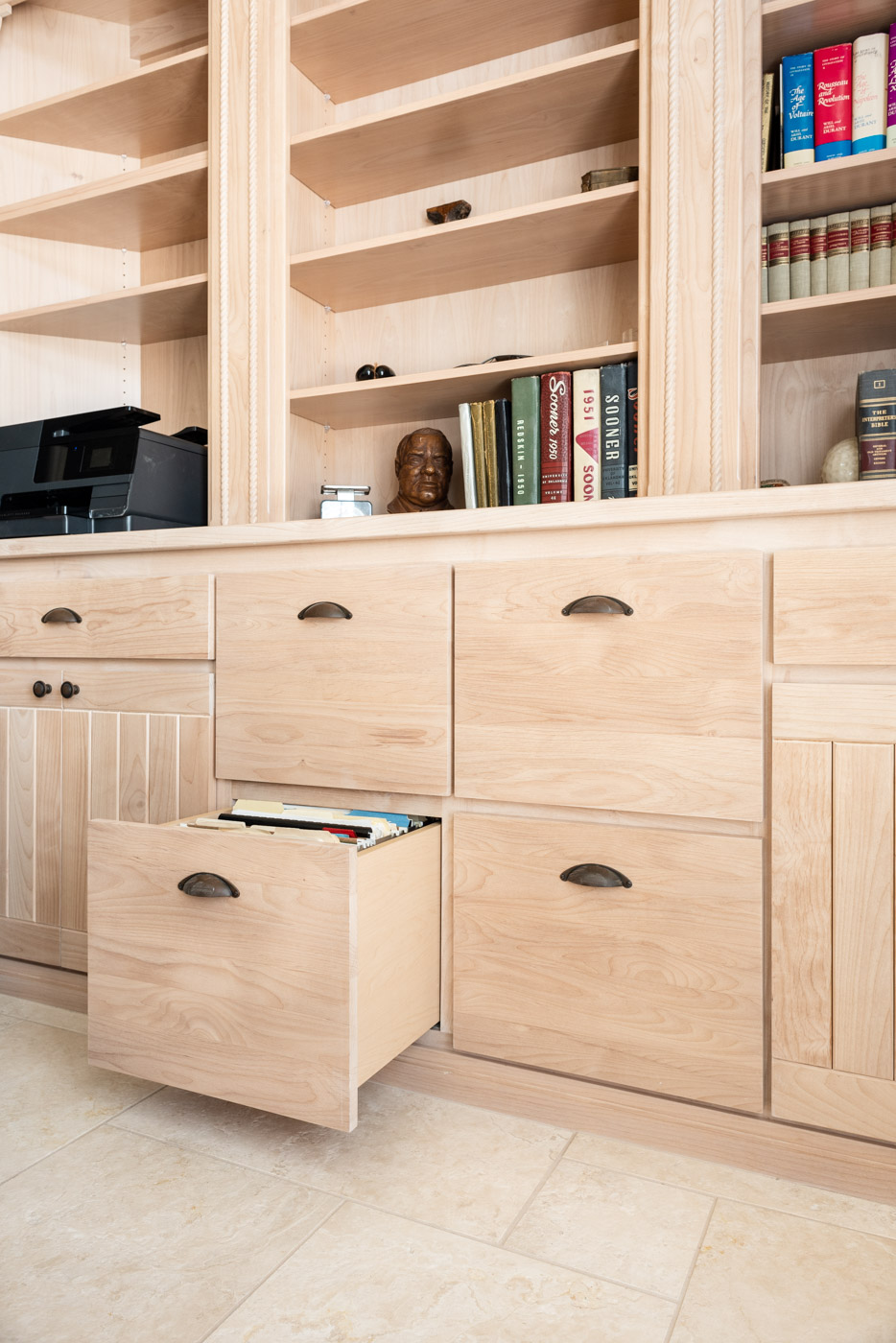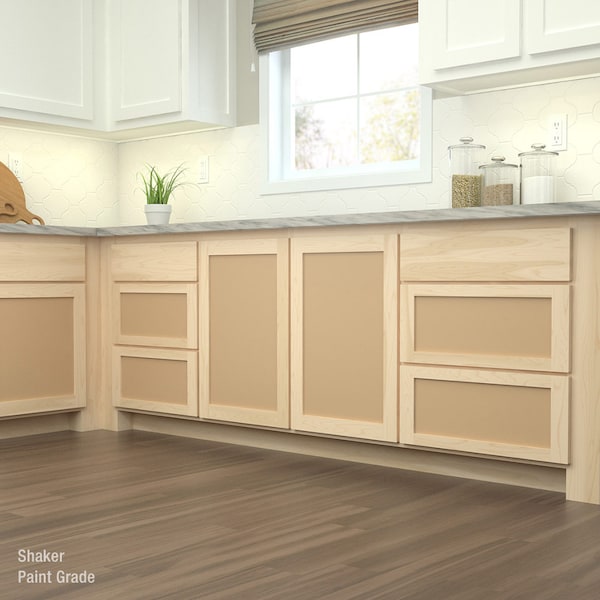All Categories
Featured
In home layout, door positioning frequently takes a backseat to bigger building decisions, yet it plays a critical duty fit exactly how a residence really feels and works. Proper door placing makes certain that rooms are efficient, cosmetically pleasing, and helpful to a comfortable way of life. Below's a comprehensive appearance at the scientific research behind door placement and why it is entitled to more attention in the design procedure.
Doors are the portals that attach one room to an additional, and their positioning ought to facilitate smooth movement throughout the home.
Secret Considerations:
Logical Pathways: Placement doors to align with natural website traffic patterns. For example, a cooking area door need to offer straight accessibility to the dining area to enhance everyday regimens.
Minimizing Barriers: Stay clear of positioning doors where furnishings or architectural elements could obstruct their swing or develop bottlenecks.
Transitions: Use doorways to note transitions in between public and exclusive areas, such as corridors bring about bed rooms.
The positioning of doors can considerably impact just how light and air flow within a home, adding to its total ambiance and energy effectiveness.
Placement Techniques:
Cross-Ventilation: Location doors contrary windows or other openings to promote air flow, especially in warm climates.
Sunlight Optimization: Consider the alignment of outside doors to capture early morning or mid-day light, lightening up insides normally.
Glass Doors: Utilize doors with glass inserts to permit light to infiltrate, improving illumination in surrounding rooms.
Strategic door placement is crucial for keeping privacy in crucial areas without jeopardizing accessibility.
Finest Practices:
Bedrooms and Bathrooms: Position these doors far from high-traffic areas like living kitchen areas or rooms to produce a sense of resort.
Guest Areas: For homes with guest collections, doors ought to give both easy accessibility and personal privacy for site visitors.
Main Entry: The front door should provide straight access to common areas without disclosing way too much of the home's inside.
Beyond capability, doors play a substantial duty in the visual coherence of a space. Their positioning and layout should improve the home's visual appeal.
Layout Tips:
Symmetry and Balance: Align doors symmetrically in common spaces like corridors to create a feeling of order.
Prime Focus: Usage grand entry doors or unique designs as visual highlights.
Consistency: Match door designs and surfaces throughout the home for a natural look.
Door placement can affect a home's power performance by controling warm flow and insulation.
![]()
Energy-Saving Approaches:
Shielded Doors: Use well-insulated outside doors to decrease power loss.
Wind Defense: Placement main doors away from dominating wind directions or use vestibules to decrease drafts.
Zoning: Use doors to area off locations of the home for targeted heating or air conditioning.
![]()
In many societies, the placement of doors brings symbolic meaning and can impact how a home is regarded.
Examples:
Feng Shui: In this tradition, the front door's positioning influences the flow of "chi" or power, with standards emphasizing openness and equilibrium.
![]()
Directional Positioning: In Vastu Shastra, an ancient Indian design ideology, door alignment is thought to influence prosperity and consistency.
Access Statements: Grand entryways or intricately made doors can signal warmth and friendliness.
Last Thoughts
Door placement is both a scientific research and an art. Thoughtful placing ensures that homes are not only practical however likewise unified and inviting. By considering spatial circulation, natural light, personal privacy, and social factors, property owners and designers can produce areas that feel balanced and intuitive. When intended appropriately, doors become more than simply access points; they shape the entire living experience.
- Enhancing Spatial Flow
Doors are the portals that attach one room to an additional, and their positioning ought to facilitate smooth movement throughout the home.
Secret Considerations:
Logical Pathways: Placement doors to align with natural website traffic patterns. For example, a cooking area door need to offer straight accessibility to the dining area to enhance everyday regimens.
Minimizing Barriers: Stay clear of positioning doors where furnishings or architectural elements could obstruct their swing or develop bottlenecks.
Transitions: Use doorways to note transitions in between public and exclusive areas, such as corridors bring about bed rooms.
- Making The Most Of Natural Light and Ventilation
The positioning of doors can considerably impact just how light and air flow within a home, adding to its total ambiance and energy effectiveness.
Placement Techniques:
Cross-Ventilation: Location doors contrary windows or other openings to promote air flow, especially in warm climates.
Sunlight Optimization: Consider the alignment of outside doors to capture early morning or mid-day light, lightening up insides normally.
Glass Doors: Utilize doors with glass inserts to permit light to infiltrate, improving illumination in surrounding rooms.
- Stabilizing Privacy and Availability
Strategic door placement is crucial for keeping privacy in crucial areas without jeopardizing accessibility.
Finest Practices:
Bedrooms and Bathrooms: Position these doors far from high-traffic areas like living kitchen areas or rooms to produce a sense of resort.
Guest Areas: For homes with guest collections, doors ought to give both easy accessibility and personal privacy for site visitors.
Main Entry: The front door should provide straight access to common areas without disclosing way too much of the home's inside.
- Visual Assimilation
Beyond capability, doors play a substantial duty in the visual coherence of a space. Their positioning and layout should improve the home's visual appeal.
Layout Tips:
Symmetry and Balance: Align doors symmetrically in common spaces like corridors to create a feeling of order.
Prime Focus: Usage grand entry doors or unique designs as visual highlights.
Consistency: Match door designs and surfaces throughout the home for a natural look.
- Power Performance Factors To Consider
Door placement can affect a home's power performance by controling warm flow and insulation.

Energy-Saving Approaches:
Shielded Doors: Use well-insulated outside doors to decrease power loss.
Wind Defense: Placement main doors away from dominating wind directions or use vestibules to decrease drafts.
Zoning: Use doors to area off locations of the home for targeted heating or air conditioning.

- Symbolic and cultural Impacts
In many societies, the placement of doors brings symbolic meaning and can impact how a home is regarded.
Examples:
Feng Shui: In this tradition, the front door's positioning influences the flow of "chi" or power, with standards emphasizing openness and equilibrium.

Directional Positioning: In Vastu Shastra, an ancient Indian design ideology, door alignment is thought to influence prosperity and consistency.
Access Statements: Grand entryways or intricately made doors can signal warmth and friendliness.
Last Thoughts
Door placement is both a scientific research and an art. Thoughtful placing ensures that homes are not only practical however likewise unified and inviting. By considering spatial circulation, natural light, personal privacy, and social factors, property owners and designers can produce areas that feel balanced and intuitive. When intended appropriately, doors become more than simply access points; they shape the entire living experience.
Latest Posts
Find Montclare Auto Repair’s Most Popular Auto Repairs and Why Drivers Choose Them
Published May 23, 25
1 min read
Shield Your Home with High Quality Residential Roof
Published May 22, 25
1 min read
Uncover Budget-Friendly Auto Repairs with Montclare’s Exclusive Service Specials
Published May 22, 25
1 min read
More
Latest Posts
Find Montclare Auto Repair’s Most Popular Auto Repairs and Why Drivers Choose Them
Published May 23, 25
1 min read
Shield Your Home with High Quality Residential Roof
Published May 22, 25
1 min read
Uncover Budget-Friendly Auto Repairs with Montclare’s Exclusive Service Specials
Published May 22, 25
1 min read